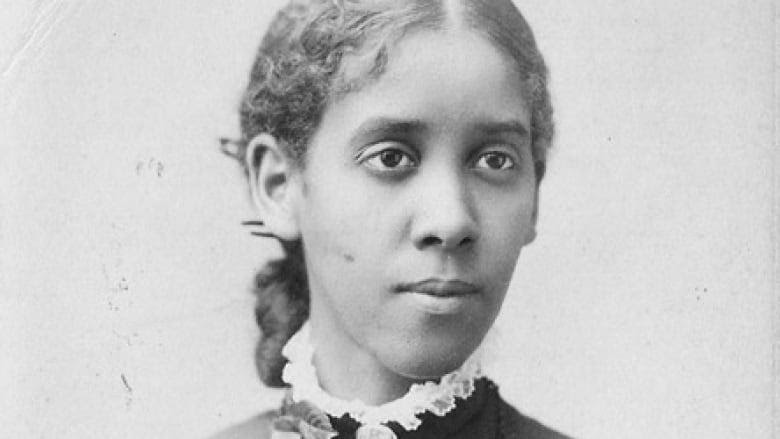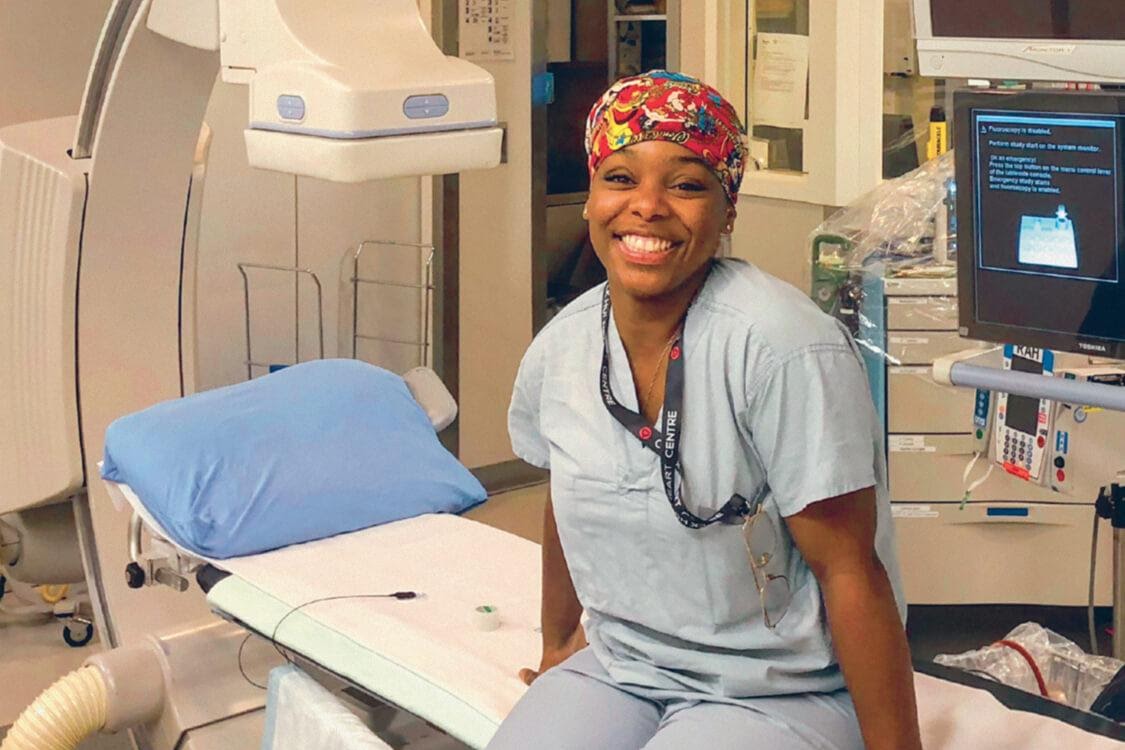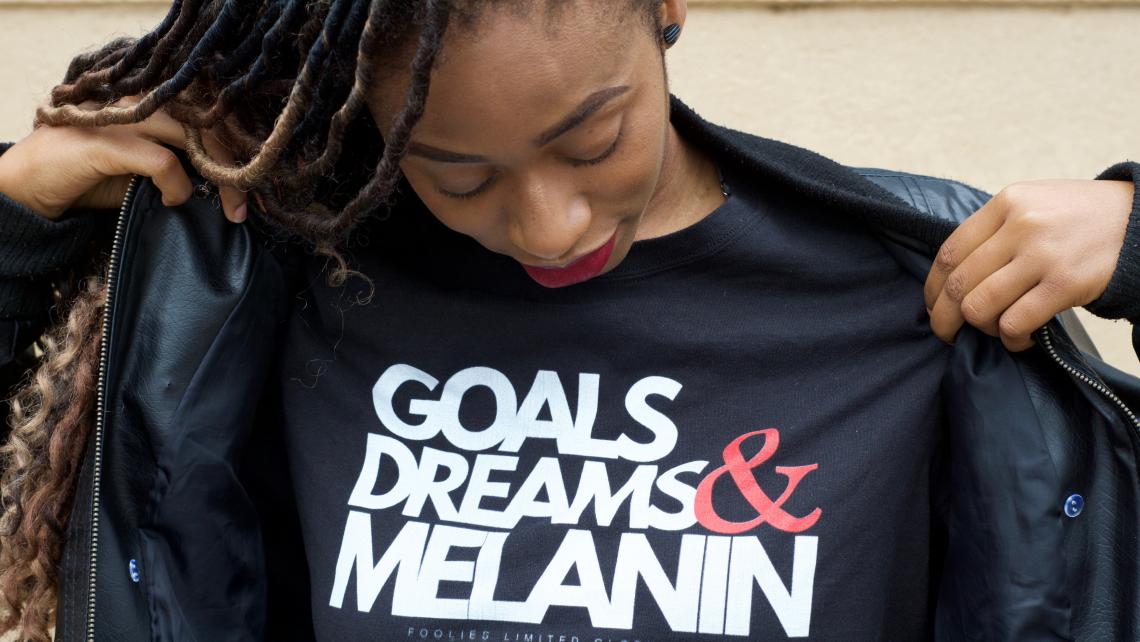Skin pigmentation
The skin allows us to connect with each other and to the environment. Through our skin we can sense and feel all the wonders of life, the world around us and express our feelings. The skin is an expression of our humanity. “Through our skin, we feel the smooth cold of melting ice, the warm and gentle breeze of a summer evening, the annoying pinch of an insect bite, the humbling pain of a scraped knee, the soft and the calming feel of a mother’s hand...” (Jablonski, 2013).
Our skin is our largest organ and has many different functions. The skin protects us from harmful objects, chemicals, organisms like bacteria, sunrays, and dehydration (Brenner and Hearing, 2008). The skin has two main layers: the epidermis and the dermis. The epidermis is the outermost layer of the skin and is the layer of contact with the outside environment (Orazio et al., 2013). One main function of the skin is as a protective layer or barrier between us and the outside environment (Elias et al., 2010). Sunlight is one of the main environmental harm to our skin. Sunlight consists of ultraviolet rays (UVR). Ultraviolet rays can enter our skin and cause damage to the DNA in our cells and other substances that are important for our survival (Jablonski and Chaplin, 2010). When this happens, our body cannot properly function. However, our skin has different ways or protecting itself from UVR. For example, there are cells in the epidermis called melanocytes that help to protect us from sun damage by acting as a natural sunscreen. Melanocytes produce a substance called melanin which helps to block UVR from entering the skin and causing damage to DNA and other important molecules (Ebanks et al., 2009). Melanin has a dark brown color. Thus, when large amounts of melanin are produced in the skin, it gives the skin a darker complexion (Jablonski, 2013). Dark skin is the body’s natural way of protecting itself from sun damage. The skin becoming darker is a natural reaction to high levels of sunlight in the environment (Jablonski and Chaplain, 2010). Additionally, melanin is important as it makes the skin stronger as a barrier to environmental harm and prevents dehydration or excessive loss of water (Man et al., 2014). It also increases the acidity of the skin which helps to prevent harmful organisms like bacteria from entering the skin and causing disease (Orazio et al., 2013).
The first population of human beings are thought to have originated from warm regions of Africa and then migrated to colder areas (Elias et al., 2010). There are two main hypotheses for the difference seen in human skin color. Firstly, the population of humans living in African regions were constantly exposed to sunlight and warm temperatures (Jablonski, 2013). Thus, the melanocytes in their bodies developed the ability to produce large amounts of melanin to protect their skin, giving them a darker skin complexion (Jablonski and Chaplin, 2010). As humans began to migrate to different areas, their bodies adapted to the environment so that people in cooler temperatures or places with less sunlight produced lower amounts of melanin than people in warmer temperatures or in areas where there was constant sunlight (Jablonski, 2013). Humans living in cooler temperatures maintained a paler skin complexion because they needed to take advantage of the limited sunlight which helps to produce vitamin D. Vitamin D is important for bone structure and for fighting off diseases (Jablonski and Chaplin, 2010). The second hypothesis, states that the population of people living in African regions developed a darker skin complexion because the UVR from the constant sunlight damaged the skin cells or how well the skin could act as a protective barrier to the environment (Elias et al., 2013). Producing large amount of melanin made the skin stronger as a barrier and less susceptible to damage from UVR (Man et al., 2014). Having a stronger barrier to the environment means less water loss, damage from objects and chemicals and less susceptibility to diseases from organism like bacteria (Orazio et al., 2013).
The human skin has many different and beautiful shades or complexions, developed because of migration and the amount of exposure to sunlight (Jablonski, 2013). Black people, whose ancestors originated from warmer climates with plenty of sunlight, have a darker skin complexion because of gene inheritance and the need to protect the skin from the sun (Elias et al., 2010). Similarly, those with ancestors originating from cooler climates or places with limited sunlight have a paler skin complexion as they also inherited their ancestors’ genes. However, whether your immediate ancestors originated from a cooler area or a warmer one, if you have a darker or a lighter complexion, we are all humans alike and our bodies function in the same way to protect us from dangers present around us and to preserve life. While the complexion of the skin may differ, the sensation or the feeling we experience through it is the same, the ability to feel the breeze, the sting of an insect, or the warmness of a hug (Jablonski, 2013). The connection we experience through the skin, regardless of color is the important part of our humanity. All skin id beautiful skin.

Sophia B. Jones
Contributions of black Canadians to science and medicine
Sophia B. Jones (May 1857- September 1932): Canadian Born American medical doctor. Studied at the University of Toronto and was the first black woman to graduate from the University of Michigan Medical School. Established a nurse’s training program at Spellman College in the US. Activist for the medical health of African Americans and Canadians of African descent.

Elijah McCoy
Elijah McCoy (May 1843- October 1929): mechanical engineer, inventor, and activist. Designed lubricating devices for mechanical engines for trains which was crucial in his time. Inducted in the National Inventors Hall of Fame and patented over 50 devices.

Regine Laurent
Regine Laurent (October 1957-Present): Canadian nurse, prominent health activist and the first black woman to head the Quebec trade union for health services.

Dr. Charles Victor Roman
Dr. Charles Victor Roman (July1864- August 1934): Surgeon, professor, and author. He was the first black graduate from Hamilton Collegiate Institute. He is a well renowned physician and has made great contributions to medicine.

Dr. Yvette Bonny
Dr. Yvette Bonny (July 1938 – Present): Haitian Canadian pediatrician and professor. First doctor to perform a bone marrow transplant in Quebec, Canada. She has received the Order of Canada for her excellence in medicine and activism.

Dr. Alexandra Bastiany
Dr. Alexandra Bastiany: Canadian physician of Haitian descent. Attended the University of Montreal Medical School and was the first black female valedictorian. She is also the first black female interventional cardiologist (cardiologist that focuses on limited invasive cardiac procedures) in Canada.

